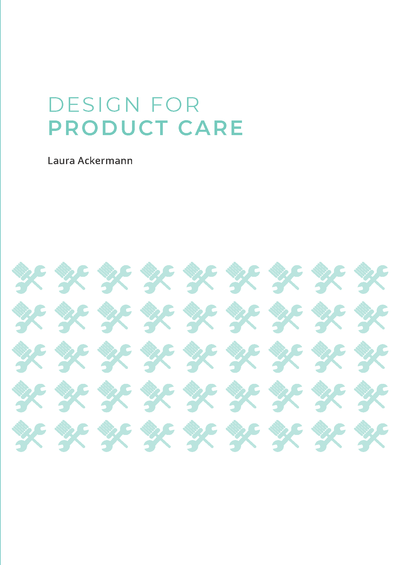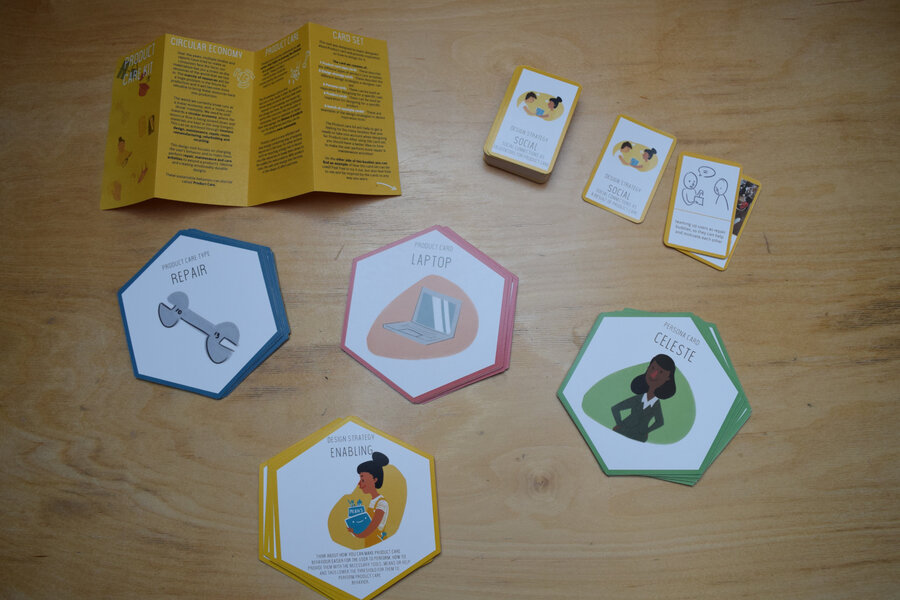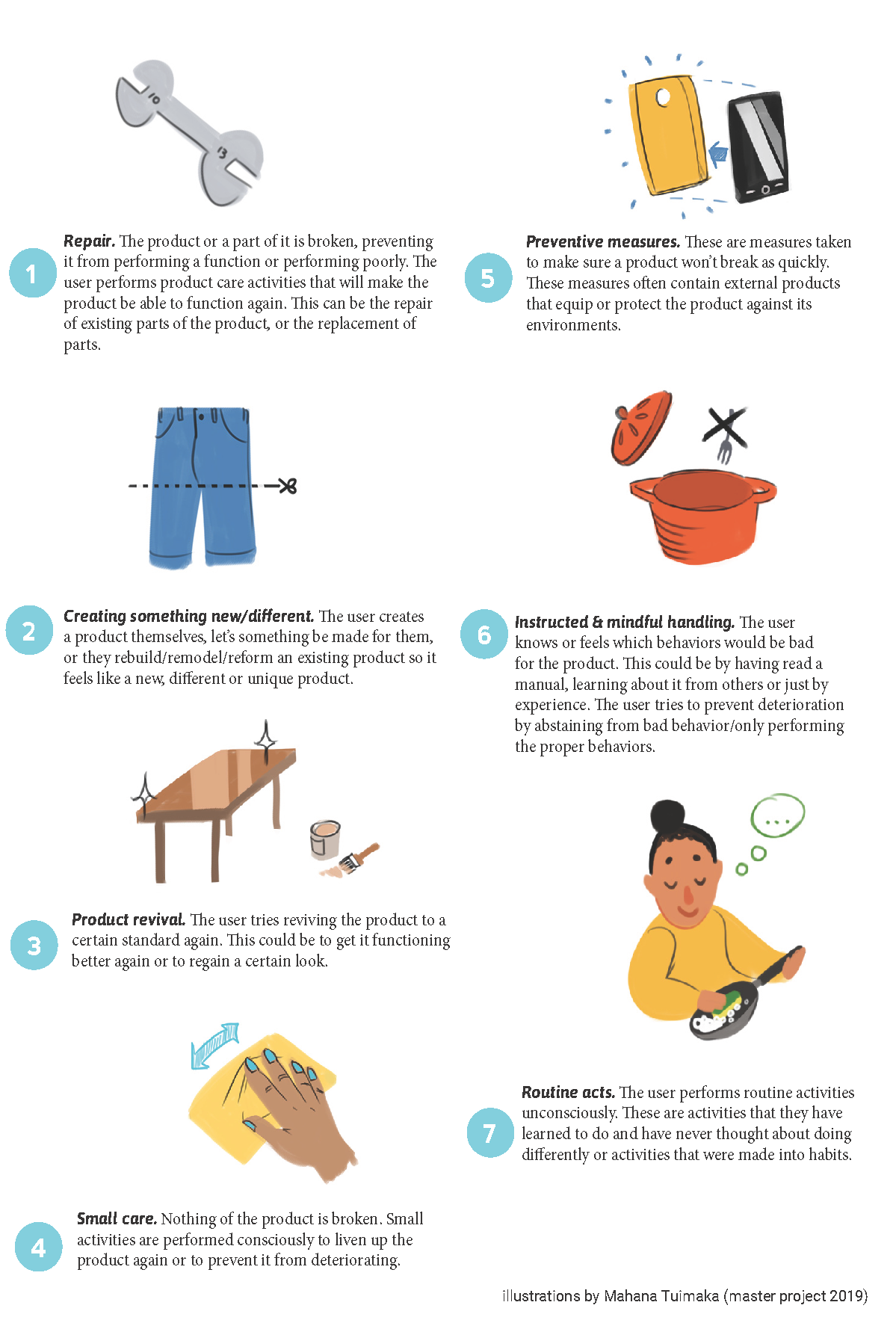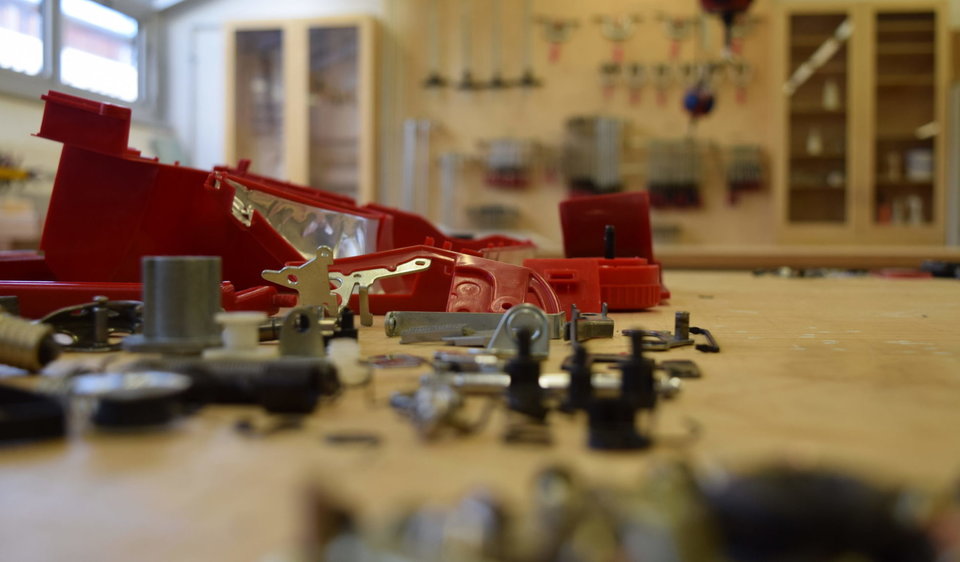Designing to inspire more sustainable consumers
Shifting towards the Circular Economy is not just about sustainable products, it’s also about sustainable behaviour. So how can design influence people to take better care of the products they use? PhD graduate Laura Ackermann says for designers, considering the consumer perspective is the key.
More to explore
As a researcher at the University of Applied Sciences in Salzburg, Laura Ackermann said she read a lot of publications by TU Delft Professor Ruth Mugge. Intrigued by the research, which focussed on design for emotional attachment and how product attachment affects consumers and their behaviour, she sent an email. Mugge would eventually become one of her PhD promotors. “After talking with her about the topic, we agreed that emotional attachment is only one aspect to consider when changing consumers’ behaviour,” said Ackermann. “It’s interesting and relevant, but maybe there are other things to consider as well.”
With the aim of exploring how to stimulate consumers to take care of their products, Ackermann set out on a PhD journey on the topic of Design for Product Care.
How do we behave?
Product care is any action that helps prolong the lifetime of a product. According to Ackermann, considering the consumer’s perspective is key in fostering product care because care behaviour is always initiated by consumers themselves. One of the studies she conducted aimed to assess the actual care behaviour of a group of consumers. Using Fogg’s behaviour model as a theoretical framework, she conducted interviews with consumers to understand their motivation, ability and triggers related to product care.
Gaining useful insights through the process, she discovered that this type of qualitative study was very time consuming and decided to take a more quantitative approach. The different approach resulted in the development of a 10-item scale that can be used to measure the impact of design on product care in a more efficient way. The scale, which uses a specific product as a reference point, assesses easiness, relevance and positive experience as they relate to product care.
It’s on the cards
During her PhD process, Ackermann also helped supervise a master’s project in which the student conducted workshops with designers to identify different ways that design can stimulate product care. These strategies were then incorporated into the Product Care Kit, a card set that aims to teach designers about product care and provide inspiration on how to design for it. Designers are prompted to consider things like repair, maintenance, and repurposing of products. They also look at consumer personas, what motivates people, and how different categories of products are used. Ultimately, this tool gives a better understanding of the many facets that need to be taken into account when designing for product care.
It’s not just about the product
Much of the existing research on strategies for repair and maintenance has largely been focused on products themselves, says Ackermann. She sees her research contribution as really considering the consumer aspects, looking at what motivates consumers’ tendency to care for products. “I don’t think you should only focus on the product, but you should also consider that in the end it’s the consumer who has to take care of it,” she says. “The product won’t take care of itself.”
Ackermann also learned that though there is an element of emotional attachment, product care also depends on how well a product fits your own needs. Take, for example, winter boots. “There’s not really an emotional attachment, but people take care of them because they’re important and useful,” she says. She also noted that the social context is relevant, explaining that if your family and friends take care of their products, you probably will too because you might feel a certain social pressure or expectation to take care of them.

Convincing the companies
The most challenging part for the future, says Ackermann, is to convince companies to apply this knowledge. “For companies, the question is always: will it be better if the consumers don’t take care of their products because then we sell more? Future research should focus on that piece, how we can really create business models to support this and convince companies to apply them.”

Laura Ackermann

Ruth Mugge
- +31 (0)15 27 83008
- R.Mugge@tudelft.nl
-
Room B-4-010

Jan Schoormans
- +31 (0)15 27 84840
- J.P.L.Schoormans@tudelft.nl
- Publications
-
Room B-4-080
"Bij ons staat op de keukendeur: Het is niet altijd rozengeur."




